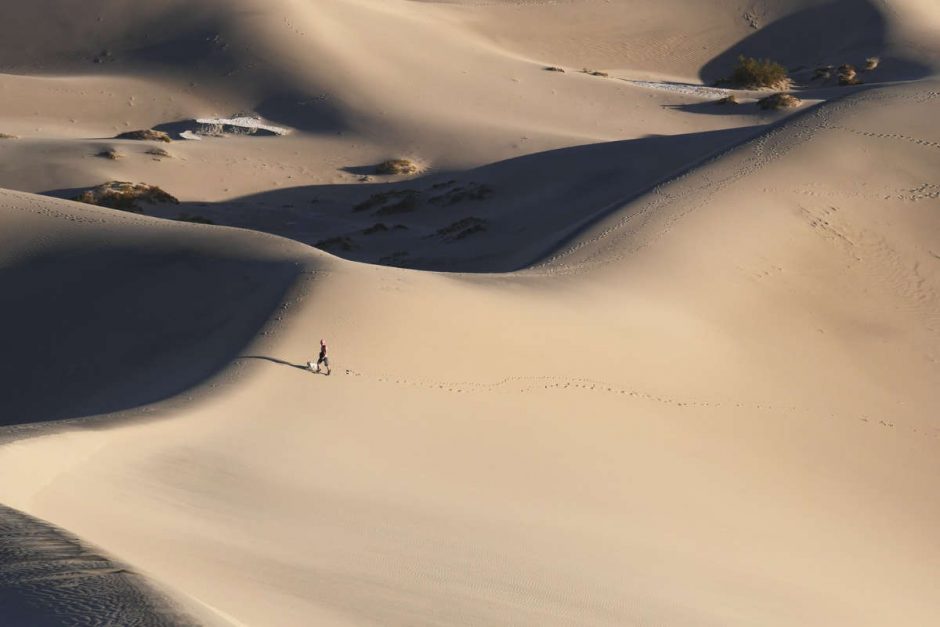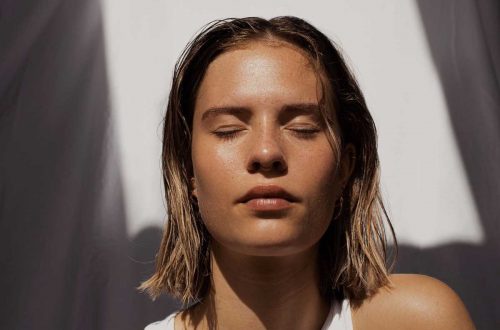MEDITATION THAT MAKES MINDFULNESS PORTABLE
When I first started meditating ago I came to it with a very narrow impression of what it would look like. That is, sitting cross-legged on the floor with my eyes closed. And whilst I soon learned there were also practices like walking meditation, eating meditation and drinking tea meditation, unfortunately, for my practice at home, I’m still very much a one-trick pony!
Of course on retreats, there are sessions of walking, eating and drinking meditation to break up the long sessions of sitting, but I think I’ve associated those as just that – meditations that break up the “real” practice of sitting.
So, what’s the point of walking meditation?
Walking meditation takes the mindfulness we cultivate on the cushion and makes it portable. It gets us used to focusing on movement as the object of meditation, as well as dealing with the added distraction of sight (because in walking meditation we keep our eyes open!)
Walking meditation helps build appreciation for our bodies and our senses. It helps grow the connection that everything we do is an opportunity to be present and experience it for its own sake – not merely as a means to an end.
What does it mean, experience things for their own sake?
What I mean – and we’ll take walking as the example – is that usually when we walk, we are doing it to get from A to B. The act of walking is usually something we do to be somewhere else. And that’s fine. We do need to be places. But at the same time, the walk can also be the destination.
After reading Barry Magid’s book Ending the Pursuit of Happiness, I’ve been using a phrase in meditation that’s helped make sense of this idea.
No gain, just sitting.
And we can modify this for whatever we’re doing.
- No gain, just walking
- No gain, just eating
- No gain, just mowing the lawn
- No gain, just filing
This means that the activity we’re engaged in isn’t just a vehicle to achieve something else, i.e. the means to an end. And when we don’t have to get anything from or out of these simple activities, it makes the activity itself so much more enjoyable.
How is walking meditation done?
If you’ve never tried walking meditation; it’s pretty easy.
- Choose a quiet path of around 10-20 steps where you won’t bump into anything (or anyone!) It could be your backyard, bedroom, hallway or office.
- You can dangle your arms down straight, or clasp them in front, or behind you.
- Lower your gaze a short distance in front of you.
- Walking deliberately slower than you normally would, keep your attention on your feet.
- Try to notice all the stages and sensations of walking. Lifting the heel, the ball, the toes, moving the whole foot forward, setting down the heel, the ball, the toes… repeat with the other foot!
- When you’ve reached the end of your designated path, turn around and start again.
- And just like in seated meditation, whenever you get lost in thoughts, stop, reset and return your attention to the object of meditation – your moving feet.
Tips
- Like a one-year-old taking their first steps, walking meditation can be wobbly at first! Choose a wider stance to better keep your balance.
- Try to also maintain awareness of your breathing – syncing the steps to the breath is helpful for some.
- Just like the support method breath counting, you can count each step to help you stay focused and coordinated.
- A suggested meditation session might include a 10-minute seated meditation, a 15-minute walking meditation and back on the cushion to finish off with another 10 minutes of seated meditation.
Here’s a short seated meditation to get you in the mood for a walk. See how you go!
Welcome. This is a short, seated meditation you can do to prepare yourself for a walking meditation.
Let’s first begin with some small adjustments to our bodies.
Making sure we’re sitting up as straight as we can. Not too rigid, but our backs free of the chair if we’re sitting in a chair. Supporting our own posture.
Checking that we’re not holding onto any tension in our tummies. Taking a deep breath in and allowing our tummy to relax as we exhale.
Following our breathing in and out, and on the exhale, also allowing the shoulders to drop and the arms to relax.
FOOT SCAN
And ahead of our walking meditation, let’s now spend some time down with our feet. Wonderful feet that bear the weight of our bodies and keep us active and mobile.
We’ll start with the left foot and give it some love and attention.
Beginning with left heel. Noticing any sensations. Drawing an imaginary circle around the heel if that helps maintain a connection.
Moving up to the left arch. Keeping that imaginary circle going as your attention stays here with the left arch.
Now to the ball of the left foot. Sending this particular part of the foot care and kindness for all the work that it does.
And working our way through the left toes. Big toe. Detecting any pulsing or throbbing here. Second toe. Again drawing that circle if it’s hard to sense any of the toes. Third toe. Fourth toe. And pinkie. And taking a deep breath all the way in till it envelopes the entire left foot.
And moving across now to the right foot.
Tending to our right heel. Imagining what it’s like to be the right heel.
Following along up the arch. Drawing that circle around the arch. Giving this part a mental massage if it needs it.
And then to the ball of the right foot. Noting any throbbing or tingling in this area. Keeping our attention just with the ball.
And working up to the right toes. Starting with the pinkie toe. Sensing the presence of the pinkie toe, noting any sensations we can detect in the pinkie.
And drawing our circles around the remaining toes. Fourth toe. Third toe. Second toe. And finally big toe. Sending kindness to all the right toes and breathing in all the way down to encompass the right foot.
You’re now ready for walking meditation.
Just sit for a few moments in silence, connecting with your breath, and when you’re ready you can get up and start your walk.
Enjoy.





